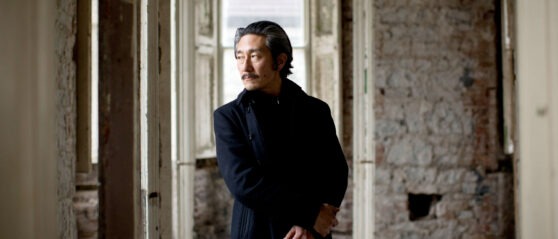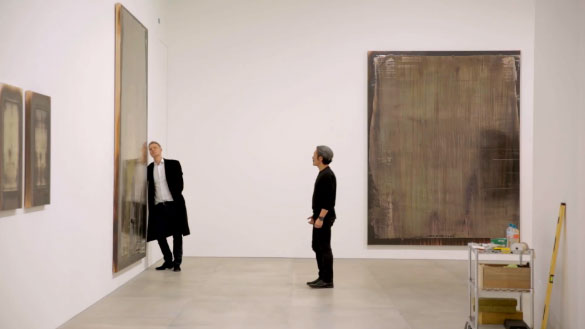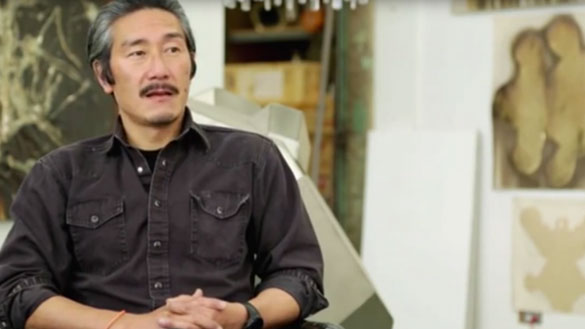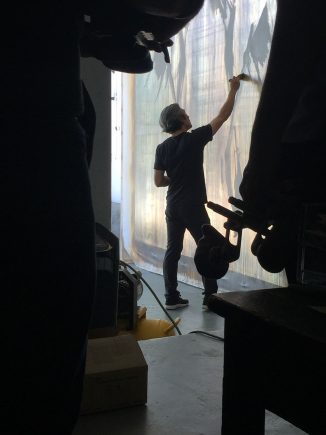July 2, 2016–July 9, 2017
-
Dates
-
Location
Arthur M. Sackler Gallery
-
Collection Area
Contemporary Art
The rare red-crowned crane winters in the highly protected Demilitarized Zone (DMZ) that divides North and South Korea. While conducting research at the Smithsonian, Korean American artist Michael Joo (born 1966, Ithaca, NY) came across specimens of the crane in the National Museum of Natural History. Joo was struck by the form of the specimens, preserved for more than a century, and the enduring fascination with these iconic birds, which have found sanctuary in the heavily surveilled DMZ.
As Joo wrote in his artist’s statement:
Boundaries and borders speak to how we define ourselves and the space and context we would like to create for our societies. The diverse and rare ecologies of the Korean Demilitarized Zone are an example of this. Running around 160 miles across and 2.5 miles deep, the strip of unoccupied land that divides North and South Korea contains flora and fauna unique or believed extinct in the rest of the region. Military patrols on either side of the border have served as unintended stewards of this relatively pristine ecosystem. . . . Species of cranes, historically iconic in Korean culture, have migrated through this border, regardless of its constructed restrictions.

Silver and Space
Chemical processes, the environment, and the movement of bodies through space all lie at the core of Joo’s art. He typically incorporates tools often used for scientific study when producing his works, including the two that comprise his installation at the Freer|Sackler.
For Collective, Joo created a composition based on photographs and scans of the crane specimens. These carcasses “are a combination of organic form and the geometry of the storage containers that have housed them for decades,” Joo explains. He then silk-screened his work onto canvas and silvered it using a chemical process derived from early imaging techniques. The final result, he says, “both intensifies and obscures the red-crowned crane specimens they depict.”
Joo’s sculpture Migrated visualizes the cranes’ migration patterns as lines in space. Suspended brass rods reach out from the canvas in a configuration drawn from satellite tracking of the birds’ seasonal flights. “The rods represent the relative flight path distances between points, and are . . . completely and sensitively dependent on each other for balance,” he notes, adding that the lines in space reference both freedom and “the inescapability of instinct.”
- Jump To...







